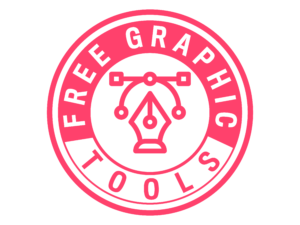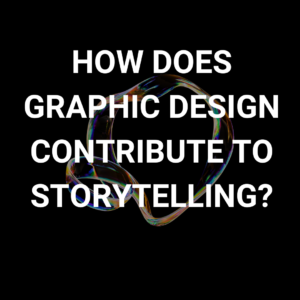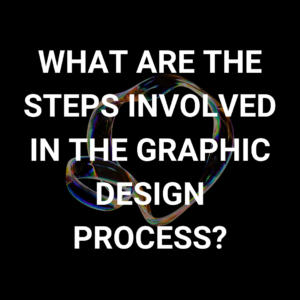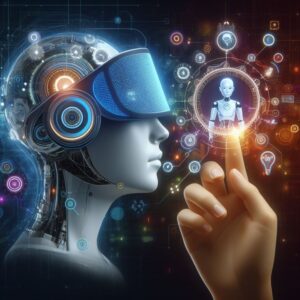Graphic Design Vs. UX Design – Differences in Very Simple Steps
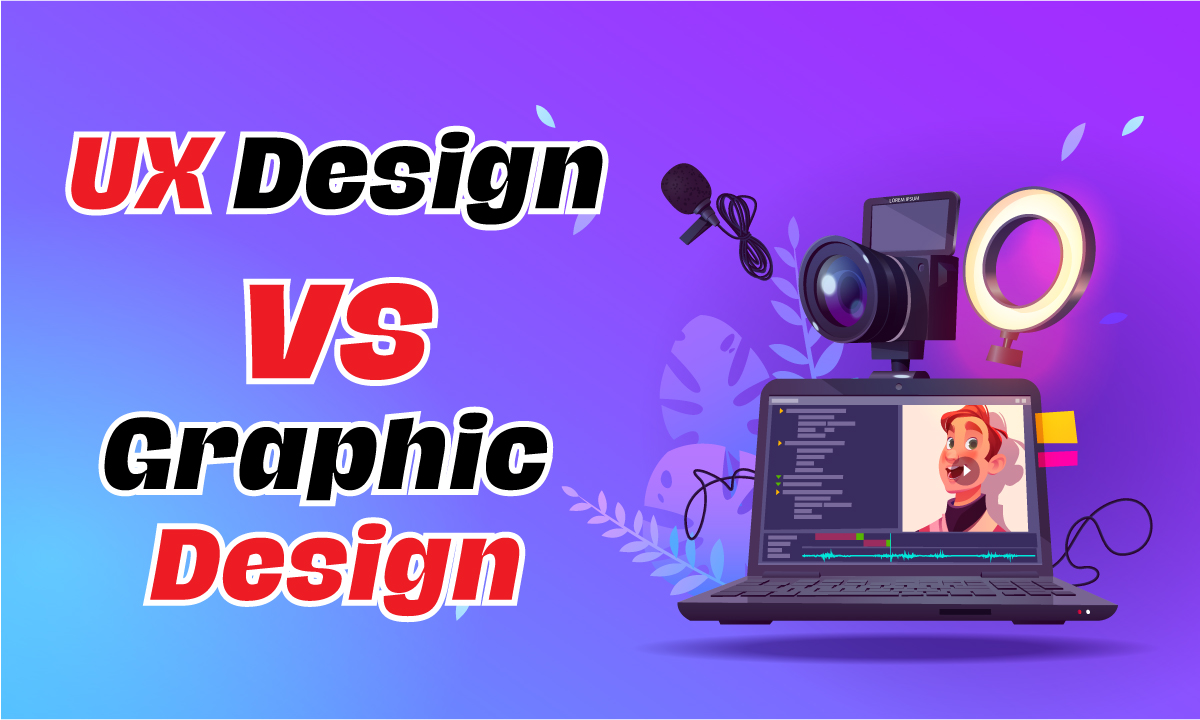
Graphic Design Vs. UX Design – Differences in Very Simple Steps
Initially, “design” referred to something that made you consider graphics. By that, it is meant that advertisements, packaging, banners, brochures, logos, magazines, book covers, and the website design are all included. However, with all the job titles that are currently popular in the design sector, consumers are becoming confused. Today’s notion of design in UI and UX is expanding in a world of bright screens and smartphones.
Although there is a distinction between the two technologies, most people mistakenly think they are the same. UX design and graphic design are merely two branches of a growing tree of companies and goods.
Although graphic designers and UX designers share certain characteristics, there are also significant differences between the two in terms of their roles and ultimate objectives.
Let’s begin by discussing the differences between visual design and user experience design (UX design) and what UX design is all about.
Graphic VS UX Design
Graphic Design
Because it is the most straightforward to see, it means what people think about design. The word “graphic design” and “visual communication” may be understood most easily in terms of graphic design. In addition to other extremely visual responsibilities, graphic designers choose colors, pick pictures, and design logos. They employ typography, color palettes, typefaces, and creative expression. Websites, mobile applications, and printed items like brochures, advertising, book covers, and banners may all benefit from graphic design. The majority of people classify graphic design as “art.” Because they create incredible things that make our lives easier, graphic designers are sometimes referred to as problem-solvers.
Skills required for Graphic Designer:
Soft Skills
- Communication
- Active listening
- Conflict resolution
- Creativity sense
- Time management
- Persistence
Technical skills
- IT skills with designing software.
- Creativity and innovation.
- Time management skills
- Accuracy and attention to detail
- An understanding of the latest updates
User Experience (UX) Design
User experience, or UX, refers to how a user feels while interacting with the user interface of a device, website, desktop program, mobile application, or online application.
UX was created because having a functional interface is no longer sufficient in light of how advanced technology is becoming. There is no denying that the discipline of UX design is active and expanding.
A component of graphic design is UX. The logic and structure of the things you actually see and interact with are the main areas of attention for UX designers. Instead of concentrating on making items useful, UX designers put more emphasis on other factors like enjoyment, effectiveness, and fun. Wireframes, prototypes, flowcharts, and other UX artifacts are provided by UX designers to the UI team.
User experience, or UX, refers to how a user feels while interacting with the user interface of a device, website, desktop program, mobile application, or online application.
To provide their consumers with a good outcome, UX designers make use of a variety of technologies and components.
UX designers create apps for Windows, iOS, and Android.
There is no denying that UI/UX designers are in high demand nowadays.
Some of the key principles include:
- Meet with a goal by keeping in mind the user’s needs.
- Design consistency
- Design must be easy to navigate and use
- It should be simple in language and design.
Some skills required for UX Designer:
Soft Skills
- Problem Solving
- Communication Skills
- Presentation Skills
- Negotiation Skills
- Writing Skills
Technical Skills
- User Research
- Interaction Design
- Information Architecture
- Usability Testing
- Visual Design
